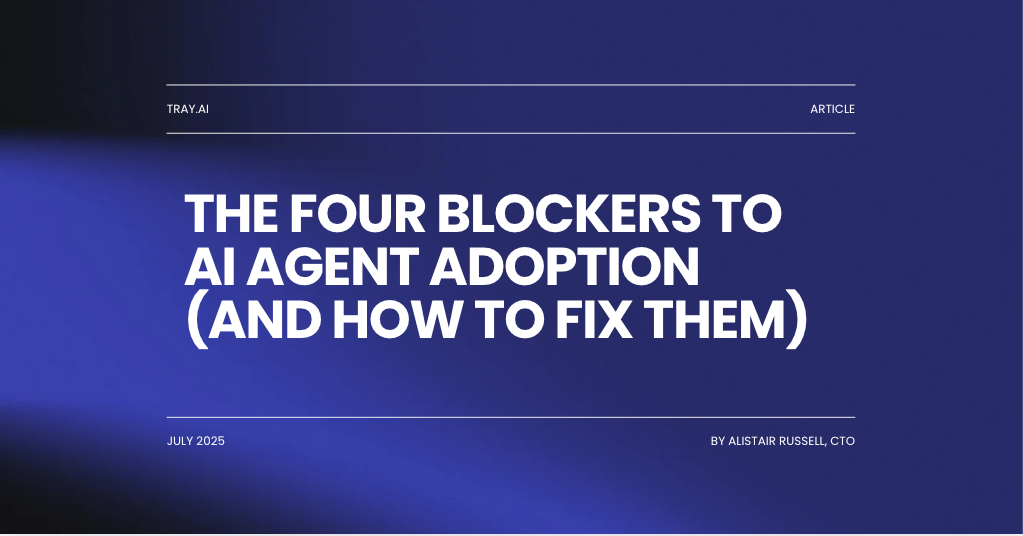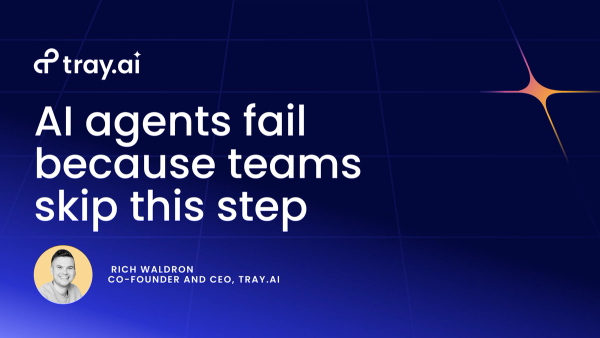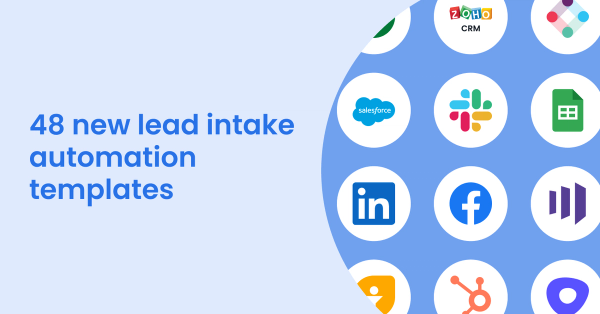AI agents are everywhere. But most of them are out of work.
It’s not a question of whether enterprises can build agents. They can, and they are. But too often, those agents sit unused.
The problem isn’t technical feasibility. It’s adoption, and recent data backs that up.
- According to BCG, 74% of enterprises struggle to achieve and scale value with their AI agents.
- Gartner reports that over 60% of generative AI projects stall before deployment.
- Even when agents do launch, Gallup found that only 16% of employees think the AI tools provided by their organization are useful for their work.
The main blockers to agent adoption are not where most people think. In working with dozens of enterprise teams, I’ve seen the same issues come up over and over again. Below are the four main reasons AI agents fail to get adopted (and what we need to do about them).
1. Knowledge gaps
74% of enterprises struggle to scale value from agents. One big reason behind this is that most agents can’t access the data they need.
Enterprise data is messy. It’s stored across dozens of tools, in different formats, and spread across multiple departments. Many agents rely on a handful of uploaded PDFs or out-of-date knowledge bases. Some don’t ground responses in data at all.
That makes trust impossible. If an agent gives a vague or incorrect answer once, users stop coming back.
Grounding agents in accurate, up-to-date knowledge across structured and unstructured formats is one of the hardest technical challenges in agent development. And most platforms don’t solve for it.
2. Memory limitations
According to Gallup, only 16% of employees believe the AI tools provided to them are useful for their work, and limited memory can definitely impact an agent’s usefulness. Why would you keep coming back to an agent if each time you began a conversation, you were starting completely from scratch?
Most agent platforms don’t offer memory at all, relying on the LLM provider to set those limits. Those that do often rely on short-term context windows that reset after every session. Long-term memory, if available, usually requires custom engineering, patchwork integrations, or workarounds.
This breaks continuity and forces users to repeat themselves. Agents can’t refer back to earlier threads so for every session, you have to start over.
That’s not how people work, and it’s not how AI should work either.
Agents need persistent short-term and long-term memory to maintain context over time. That memory must be available natively.
3. Misaligned models
Building one agent is easy. Orchestrating dozens across your stack is not, and one major issue that comes up in multi-agent environments is model fit.
Each agent has different requirements. Some prioritize cost. Others prioritize speed. Some need deep reasoning or multilingual support. A help desk agent doesn’t need the same model as a finance agent. An HR agent handling sensitive data needs a different level of control.
Without flexibility to use the right model for each use case, teams end up making tradeoffs—or worse, locking into a single vendor that can’t support every need.
This problem compounds in multi-agent systems, where orchestration across models becomes essential. Teams need a consistent, integrated way to choose and manage models dynamically.
4. Rigid interfaces
It’s not enough to build a great agent. It has to show up where people work.
The tools we use every day – Slack, Teams, internal portals – are where agents need to live. But deploying agents to these environments often requires re-architecting them for each channel. That means rebuilding context, authentication, and routing logic from scratch.
This slows teams down. And worse, it fragments the user experience.
Agents need to be configurable from the start for multiple delivery environments. One agent, deployed anywhere, with the right permissions, the right context, and the right UX for the task.
We don’t need more agents. We need better ones.
Fixing agent adoption isn’t about hype. It’s about removing the blockers that prevent users from engaging with the tools built for them.
Agents that are grounded in real knowledge. That remember what matters. That are tuned to the job and show up in the right place.
To find out how Tray is bridging the gap between agent deployment and agent adoption, check out our webinar on why agents get built, but not used.




